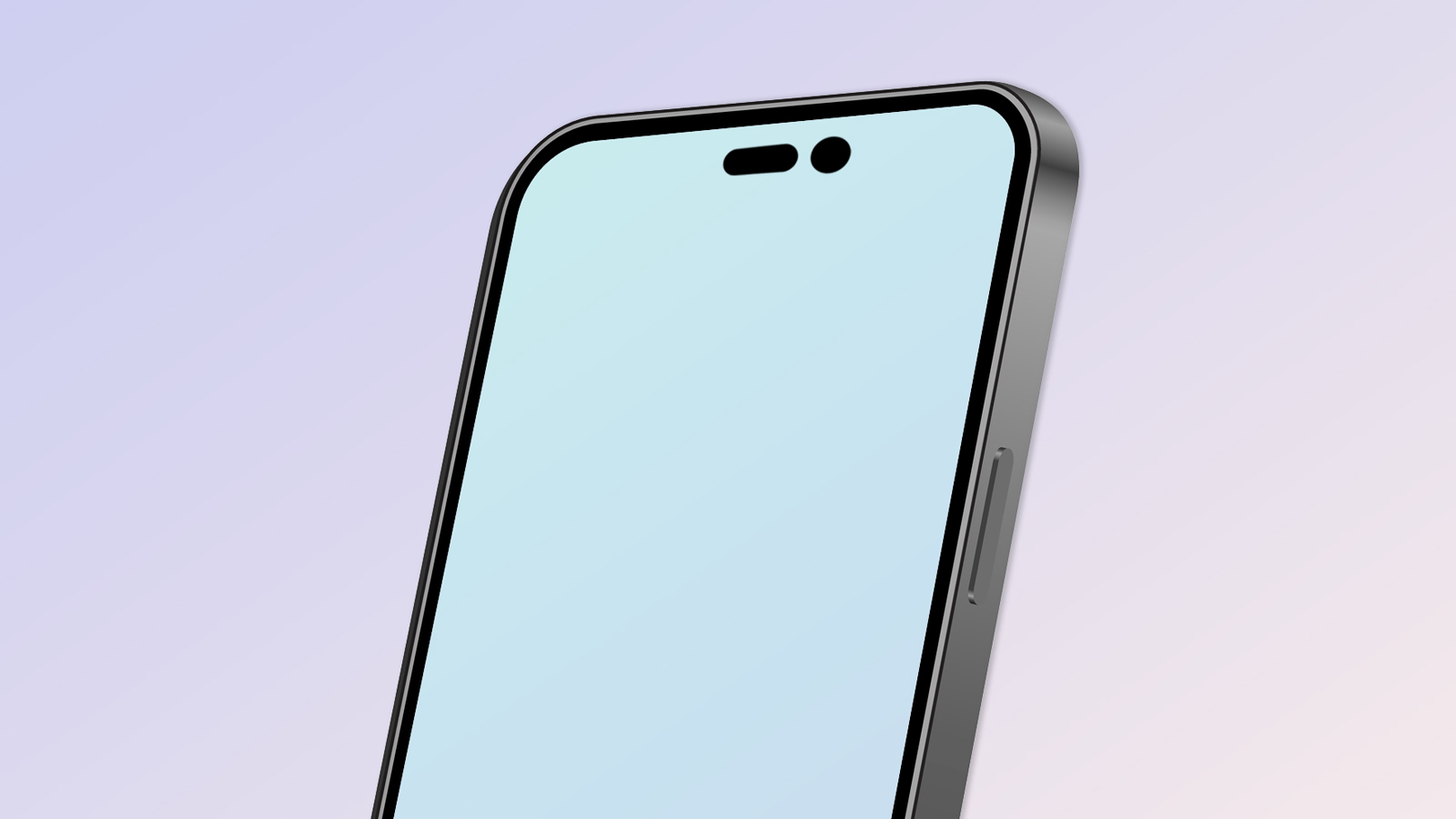iPhone 14 leak just tipped key specs — and a new model
Leaker claims the standard iPhone 14 will keep the same chipset and miss out on ProMotion

Early iPhone 14 leaks suggest that Apple intends to simplify the choice between Pro and non-Pro handsets. Rumor has it that, with the mini model out of the picture, both versions will come in regular and Max sizes, making the difference purely one of performance without size being a consideration.
Yes, the iPhone mini could be going way, replace with an iPhone 14 Max. So the iPhone 14 lineup could look like this:
- iPhone 14: 6.06 inches OLED, A15 Bionic, 6GB RAM
- iPhone 14 Max: 6.68 inches OLED, A15 Bionic, 6GB RAM
- iPhone 14 Pro: 6.06 inches OLED LTPO, A16 Bionic, 6GB RAM
- iPhone 14 Pro Max: 6.68 OLED LTPO, A16 Bionic, 6GB RAM
Now the tipster Shadow_Leak has given a clear look at how this might work in practice, with purported specs and dimensions of all four upcoming iPhone 14 handsets. It points to a clearer divide between models than we’re used to, which would be a big change to how the company sells smartphones.
• iPhone 14: 6.06" Flexible OLED Screen, A15 Bionic, 6GB RAM• iPhone 14 Max: 6.68" Flexible OLED Screen, A15 Bionic, 6GB RAM• iPhone 14 Pro: 6.06" Flexible OLED LTPO Screen, A16 Bionic, 6GB RAM• iPhone 14 Pro Max: 6.68" Flexible OLED LTPO Screen, A16 Bionic, 6GB RAMMarch 20, 2022
First off, you can see that the sizing is identical across the board. Shadow_Leak believes buyers will have a choice between 6.06-inch and 6.68-inch versions whether or not they pay for the Pro upgrades or not. For reference, those are the same dimensions as both the iPhone 13 and 13 Pro for the former, and the iPhone 13 Pro Max for the latter. Only the iPhone 13 mini’s diminutive 5.42-inches would no longer available.
But the difference in terms of performance should be clearer than ever. Not only will the Pro models exclusively reportedly benefit from Apple’s ProMotion 120Hz adaptive display technology, but the regular versions will apparently stick with the A15 chipset for a second generation. This would leave the new A16 SoC as an incentive for going Pro.
Notably, Shadow_Leak isn’t the first tipster to predict this, with Apple analyst Ming-Chi Kuo also suggesting the same thing earlier this month.
While the A15 chipset is lightning fast, comfortably outperforming the Qualcomm’s flagship Snapdragon 8 Gen 1 processor in benchmarks, this will still be a disappointment for shoppers. After all, if the iPhone 14 doesn’t offer a performance boost over the previous generation, why shouldn’t a buyer save a few bucks and grab the iPhone 13 Pro instead? Or indeed, the new iPhone SE 3, which also packs the A15 chip?
Get instant access to breaking news, the hottest reviews, great deals and helpful tips.
It would be surprising if Apple didn’t have an answer to that question planned. If Shadow_Leak’s previous predictions are accurate, we may at least see a 90Hz refresh rate on the screen. Hopefully we’ll see better performance in other areas too, perhaps camera or battery capacity.
We’re still a long way off the iPhone 14 becoming official, if Apple keeps to its normal September reveal. This all remains a rumor for now. If true, however, it looks like Apple isn’t afraid of weakening its core offering in an attempt to convince more people that going Pro is worth the extra cost.
Freelance contributor Alan has been writing about tech for over a decade, covering phones, drones and everything in between. Previously Deputy Editor of tech site Alphr, his words are found all over the web and in the occasional magazine too. When not weighing up the pros and cons of the latest smartwatch, you'll probably find him tackling his ever-growing games backlog. He also handles all the Wordle coverage on Tom's Guide and has been playing the addictive NYT game for the last several years in an effort to keep his streak forever intact.

